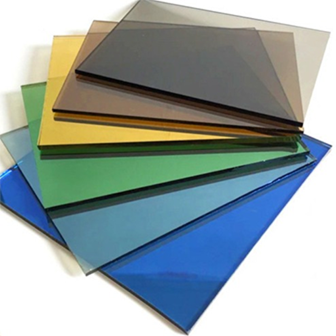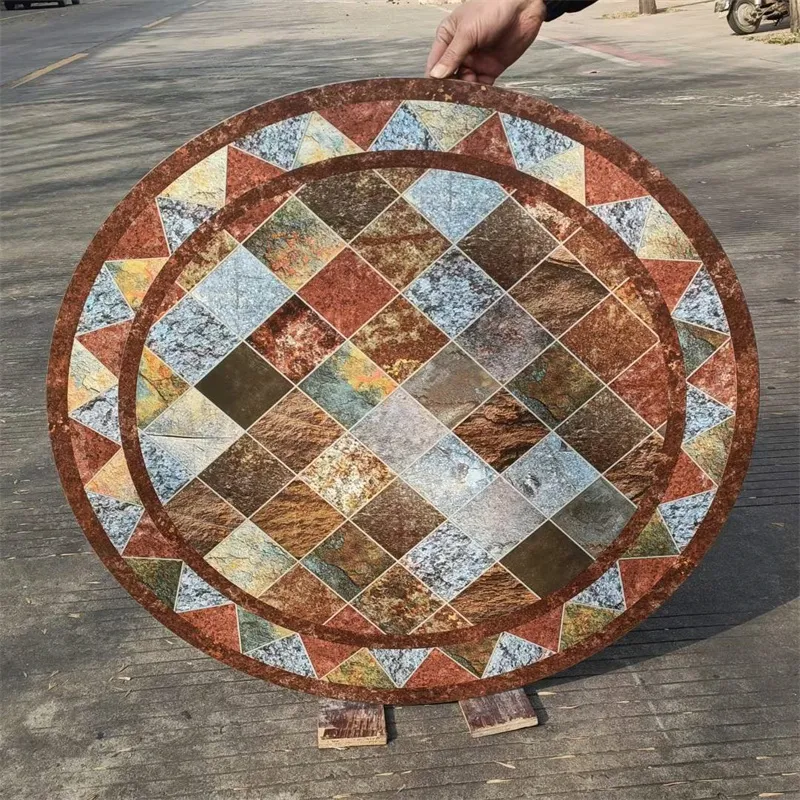Nov . 21, 2024 11:34 Back to list
transparent float glass
The Emergence of Transparent Float Glass Revolutionizing Architecture and Design
In the realm of modern architecture and interior design, materials play a crucial role in how spaces are created, experienced, and interacted with. Among these materials, transparent float glass has emerged as a revolutionary component, transforming the aesthetics and functionalities of buildings worldwide. This article delves into the characteristics, manufacturing processes, applications, and future prospects of transparent float glass.
Understanding Transparent Float Glass
Float glass, a term that refers to a specific type of glass, is produced by a process known as the float method. This was first developed in the 1950s and involved floating molten glass on top of molten tin, creating a perfectly flat and smooth surface. The result is a clear, uniform glass that possesses remarkable optical clarity and is free from imperfections. This transparency makes it an ideal choice for applications where visibility and light transmission are crucial.
One of the defining features of transparent float glass is its versatility. It can be easily cut, shaped, and processed to meet various design needs. Its standard thickness ranges from 2 mm to 19 mm, allowing for customization depending on the structural requirements and aesthetic considerations. Furthermore, float glass can be treated to enhance its properties—through processes such as tempering or laminating, it can become more durable, safe, and energy-efficient.
Applications in Architecture and Design
The applications of transparent float glass are manifold, especially in architectural and design contexts. Its prevalence in contemporary architecture reflects a shift toward maximizing natural light, creating open spaces, and promoting a feeling of connectivity with the outdoors. Large glass facades are now commonplace in urban environments, allowing buildings to blend seamlessly with their surroundings while providing stunning vistas.
One of the most notable uses of transparent float glass is in the construction of windows and glass doors
. These not only enhance the aesthetic appeal of a space but also provide significant energy efficiency advantages. By using double or triple glazing, alongside low-emissivity coatings, buildings can reduce their reliance on artificial lighting and heating, creating more sustainable living and working environments.Additionally, transparent float glass has found its way into interior design. Glass partitions are increasingly used to create flexible spaces within offices and residential properties without sacrificing light and openness. Moreover, it is employed in furniture design, where glass tabletops and shelves add a touch of elegance and modernity.
transparent float glass

Challenges and Considerations
While transparent float glass offers numerous advantages, there are also challenges associated with its use. Safety is a primary concern, as glass can break and shatter, posing risks to occupants. To mitigate this, architects and builders often specify tempered or laminated glass, which, although more expensive, provides better protection.
Furthermore, the energy efficiency of transparent float glass can be a double-edged sword. While it allows natural light to penetrate a space, it can also lead to overheating and increased cooling costs if not designed properly. Consequently, architects must consider shading devices and other design elements to optimize thermal performance.
The Future of Transparent Float Glass
Looking ahead, the future of transparent float glass appears promising. As technology advances, so do the possibilities for innovations in glass production and treatment. Smart glass technologies, which allow for variable opacity and even color changes based on environmental conditions, are gaining traction. These glass types can enhance privacy while maintaining transparency and light transmission when needed.
Moreover, as sustainability becomes a central focus in architecture and construction, demand for energy-efficient materials, including advanced glazing options, will continue to rise. This is likely to drive further research and development in float glass technologies, focusing on enhancing performance while reducing environmental impact.
Conclusion
Transparent float glass is undeniably a cornerstone of modern architecture and design. Its unique properties allow for creativity and innovation, leading to structures that are not only beautiful and functional but also environmentally conscious. As trends evolve and technology advances, transparent float glass will continue to shape our living and working spaces, guiding the future of architectural design. In this journey, the harmony between transparency and sustainability will be key, unlocking new possibilities for the spaces we inhabit.
-
Safety and Style with Premium Laminated Glass Solutions
NewsJun.24,2025
-
Reinvents Security with Premium Wired Glass
NewsJun.24,2025
-
Premium Float Glass Line for Modern Architecture
NewsJun.24,2025
-
Low Emissivity Glass for Energy-Efficient Architecture
NewsJun.24,2025
-
High-Performance Insulated Glass Solutions for Modern Architecture
NewsJun.24,2025
-
Elevates Interior Style with Premium Silver Mirror
NewsJun.24,2025
Related PRODUCTS














